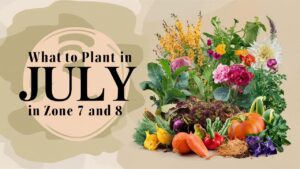In this guide, we’ll explore some fantastic shade-loving perennials specially selected for Zone 7 gardens.
Cast Iron Plant (Aspidistra elatior)
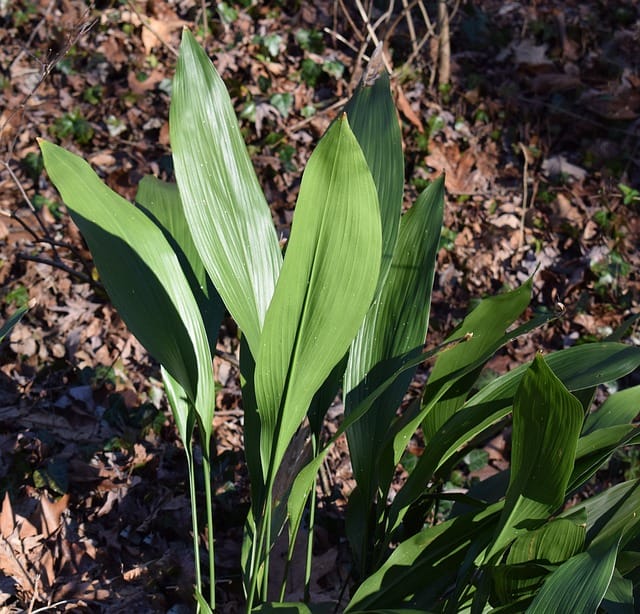
Known for its remarkable resilience, the Cast Iron Plant is a true testament to nature’s ability to adapt. With glossy, dark green leaves that can reach lengths of up to two feet, this perennial thrives in low-light conditions. Perfect for those neglected corners of your garden, it requires minimal care. Though it flourishes in shady spots, it can endure neglect, drought, and a variety of soil conditions. The Cast Iron Plant is a remarkable choice for gardeners looking to create an easy-care, yet visually appealing landscape. Additionally, it serves as a great houseplant, allowing you to enjoy its lush elegance indoors as well.
Hosta (Hosta spp.)
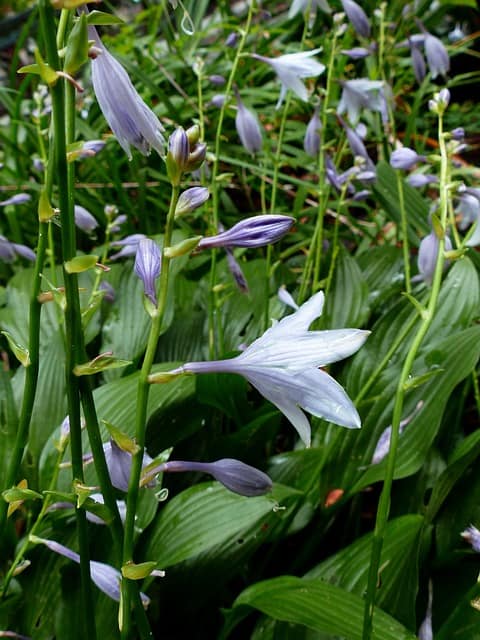
No list of shade-loving perennials would be complete without mentioning Hosta. These plants are revered for their stunning foliage, which comes in a rainbow of hues from deep blues and vibrant greens to variegated options. Each type has its own unique shape and texture, adding layers of interest to your garden. Hostas prefer moist, well-drained soil and should be mulched to maintain moisture and suppress weeds. What makes Hosta particularly enchanting is its seasonal transformation; in the summer, long spikes of lavender or white flowers rise above the foliage, attracting hummingbirds and adding a pop of color. There’s a rich diversity among hostas, making them ideal for both small and expansive garden areas.
Royal Fern (Osmunda regalis)
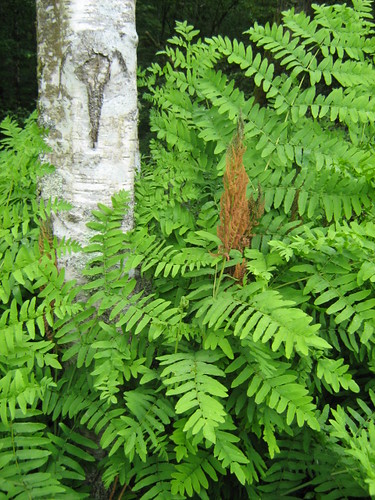
The majestic Royal Fern is a statement piece in any shade garden. Growing up to three feet in height, its feathery, arching fronds provide a tropical flair. This perennial fern prefers consistently moist soil and is particularly fond of damp environments, making it an excellent choice for garden edges near ponds or streams. Beyond its striking appearance, the Royal Fern is relatively carefree, requiring little maintenance. The lush green foliage transitions to warm gold in the fall, keeping the garden visually stimulating year-round. If you’re seeking a dramatic and graceful addition to your shade garden, look no further than this stunning fern.
Galax (Galax urceolata)
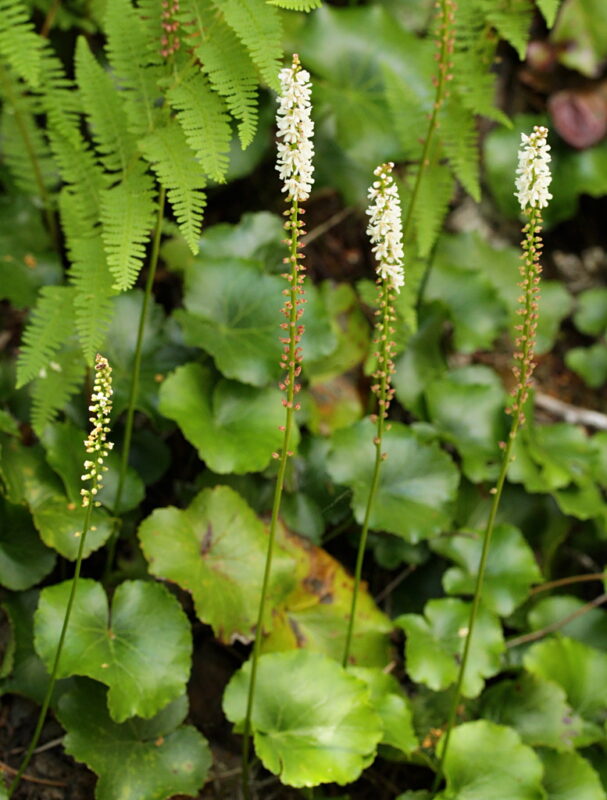
Commonly known as Galax or wandplant, this perennial has captured the hearts of gardeners thanks to its eye-catching heart-shaped leaves and delicate flower spikes. Galax thrives in rich, moist soil and makes an excellent ground cover for shadier areas of the garden. Notably, the plant is native to the Appalachian region, meaning it is well adapted to the climate and can flourish in Zone 7’s conditions. The white flower spikes emerge in spring and can add a touch of whimsy to your garden. In the autumn, the rich green leaves can turn shades of bronze, solidifying its place as a year-round attraction. Galax is not just pretty but also makes for a fantastic natural mulch alternative.
Japanese Anemone (Anemone x hybrida)
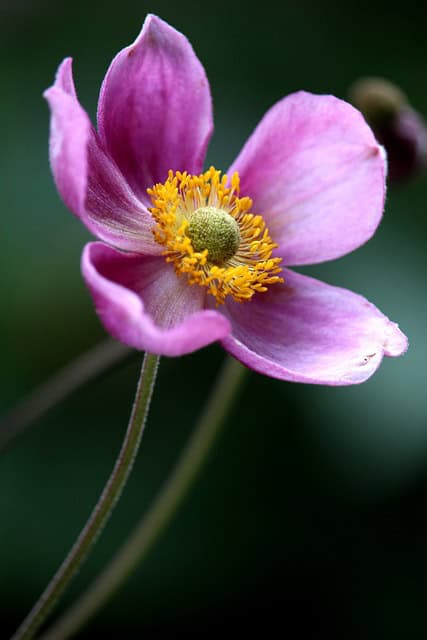
If you’re seeking to add late summer and fall color to your shade garden, the Japanese Anemone is your go-to perennial. With its elegant, cup-shaped flowers in shades of white and pink, this plant adds a touch of grace to any display. Growing between two and four feet tall, they thrive in fertile, well-drained soil and love the dappled shade under larger trees. The flowers attract bees and butterflies, enhancing the biodiversity of your garden. As an added benefit, the Japanese Anemone is relatively low-maintenance, making it ideal for busy gardeners. Its robust growth brings life and movement to the shaded areas of your garden as it sways gently in the breeze.
Virginia Sweetspire (Itea virginica)
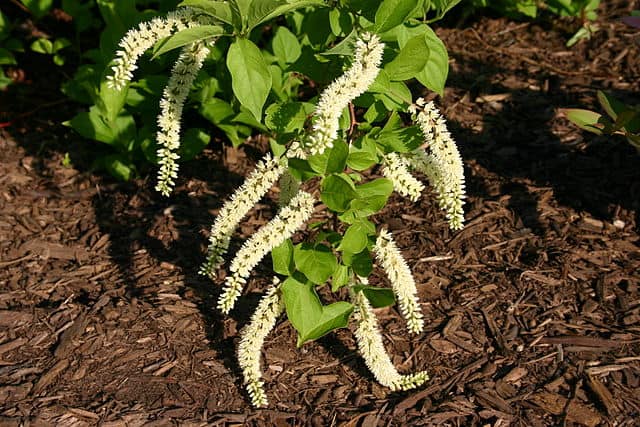
Virginia Sweetspire is a delightful shrub that excels in moist, shady locations and is a must-have for a naturalistic garden design. Sporting fragrant white flowers in late spring, it attracts pollinators while providing beautiful fall foliage that changes to deep red and orange tones. This versatile plant prefers wet soils but is adaptable to average garden conditions, making it a reliable choice in a variety of settings. Virginia Sweetspire is also prized for its ability to form a dense thicket, providing excellent erosion control on slopes and adding privacy. Each season offers something unique—whether it’s the refreshing spring blooms or the colorful autumn leaves.
Columbine (Aquilegia spp.)
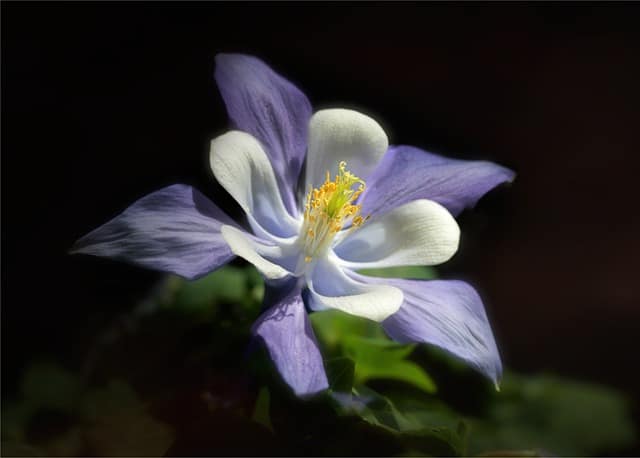
Columbine, with its uniquely shaped blooms and feathery leaves, is a delightful addition to shaded areas in your garden. This perennial performs best in cooler regions, making it well-suited for the temperate conditions of Zone 7. With many varieties available, Columbine offers a range of flower colors—from pastel hues to bold, vibrant shades. They prefer moist, well-drained soil and will thrive in dappled shade or partial sun, making them quite versatile. The flowers are known to attract hummingbirds, which adds an extra element of life to your garden. Their whimsical growth habit and delicate blooms are sure to charm anyone who strolls by.
Jack-in-the-Pulpit (Arisaema dracontium)
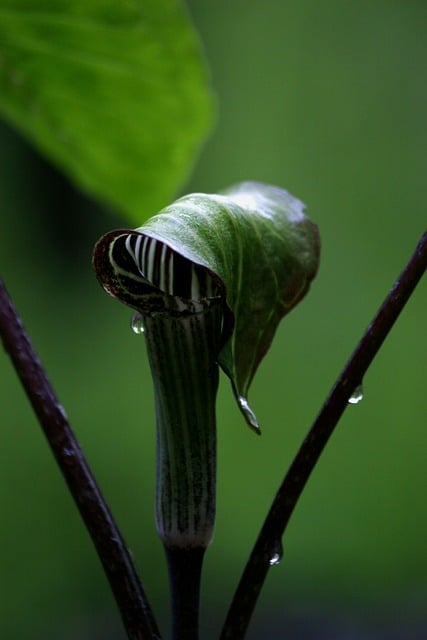
Jack-in-the-Pulpit is one of the more fascinating plants suited to shady areas in Zone 7. Recognizable by its unique, hooded flower structure, this perennial adds an exotic element to your garden. The plant thrives in moist, rich soil and often grows in woodland areas, making it a solid choice for a naturalistic landscape. Its striking green, mottled stems can reach heights of up to three feet, while the leaves can add a lush, tropical vibe. Not only is Jack-in-the-Pulpit visually intriguing, but it also supports local wildlife, including pollinators that are drawn to its peculiar flowers.
Solomon’s Plume (Smilacina racemosa)
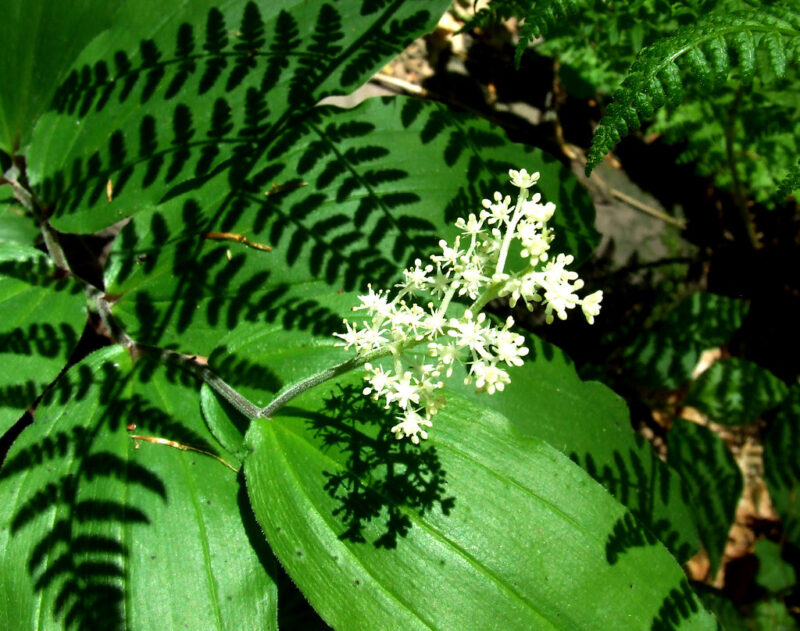
Solomon’s Plume is a lovely, understated perennial that offers so much beauty and interest. This woodland plant grows in clumps and showcases arching, slender leaves that create a graceful landscape feature. In late spring to early summer, it produces racemes of delicate, fragrant white flowers, adding a touch of elegance to any shady spot. The plant typically prefers moist woodland areas and thrives in well-drained soil. Solomon’s Plume is also known for its ability to spread gradually, making it an excellent choice for naturalizing and ground cover in shaded environments. Its seasonal display captivates not only with blooms but also with bright red berries that follow, inviting birds to your landscape.
Lily of the Valley (Convallaria majalis)
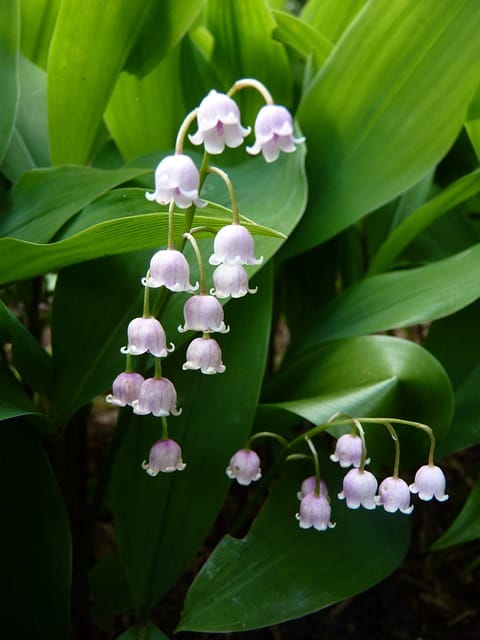
A classic choice for shaded areas, Lily of the Valley is celebrated for both its intoxicating fragrance and delicate bell-shaped flowers. This perennial is low-growing and forms dense, lush carpets, making it perfect for filling in bare patches of ground under trees or in shaded borders. While it prefers moist, well-drained soil, it is quite adaptable and can tolerate drier conditions when established. The planting experience is rewarded with charming green foliage in spring that then gives way to delightful, nodding white flowers by late April to early May. Don’t forget that this plant is also a favorite for its historical presence in gardens, symbolizing humility and sweetness.
Lenten Rose (Helleborus spp.)
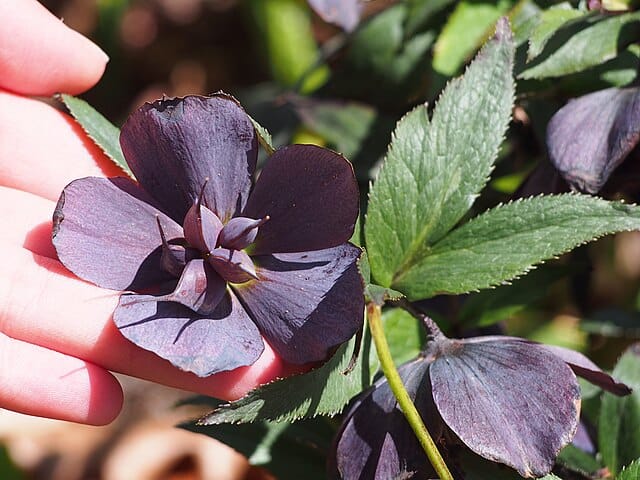
Lenten Rose, also known as Hellebore, is a favorite among gardeners looking to extend their garden’s blooming season. These early bloomers flourish in late winter to early spring, delivering flowers when many other plants are still dormant. With a range of colors, including whites, pinks, purples, and even deep burgundy, Lenten Rose adds a colorful touch to shady spots. This perennial prefers well-drained soil and likes to hunker down under the canopy of trees. Additionally, their leathery, evergreen leaves provide year-round visual interest, making them a reliable and attractive staple for any shade garden.
Azaleas (Rhododendron spp.)
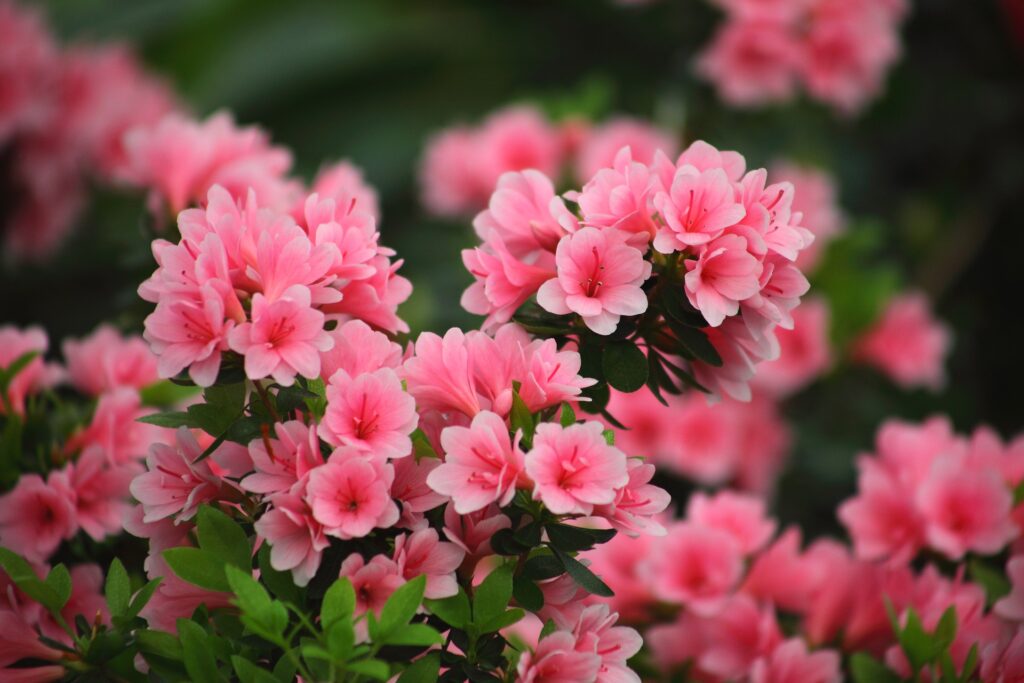
Azaleas bring a splash of color and elegance to shaded areas in Zone 7. Their vibrant blooms, ranging from soft pastels to vivid hues, brighten up any garden, especially in early spring. These shrubs prefer acidic, well-drained soil and thrive in partial shade, making them perfect for understory planting beneath trees. Azaleas not only provide visual appeal but also attract pollinators, making them a valuable addition to any garden ecosystem. The variety of species and hybrids available ensures there’s an Azalea suited for every garden design. Each spring, their enchanting blossoms along with lush foliage create a captivating tableau.
Spicebush (Lindera benzoin)
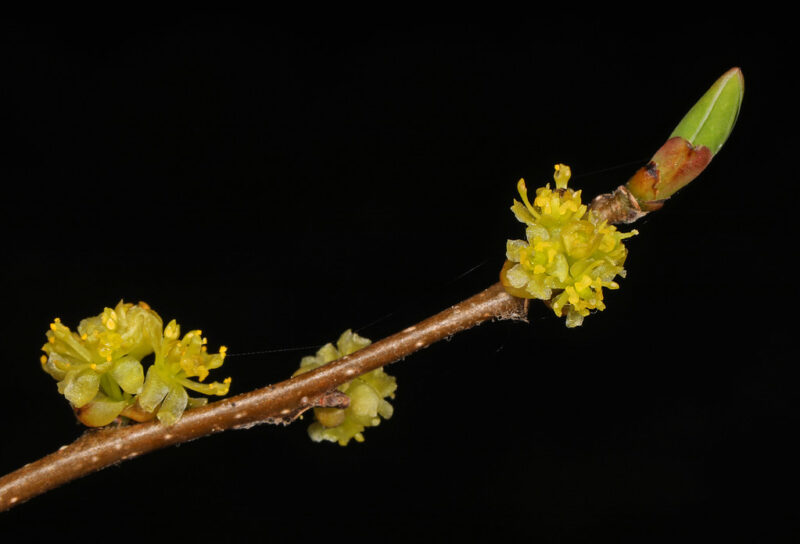
If you are searching for a native shrub that excels in shady conditions, look no further than Spicebush. Known for its aromatic leaves that release a delightful scent when crushed, this shrub thrives in moist, well-drained soil and can even tolerate swampy areas. Its yellow flowers emerge before the leaves in early spring, attracting bees and other pollinators. Fascinatingly, Spicebush’s bright red berries later provide nourishment for birds in the fall. As a multi-season interest plant, its foliage offers an appealing backdrop, while its vibrant colors glide through seasonal changes, making it a wonderful addition to shaded landscapes.
Mapleleaf Viburnum (Viburnum acerifolium)
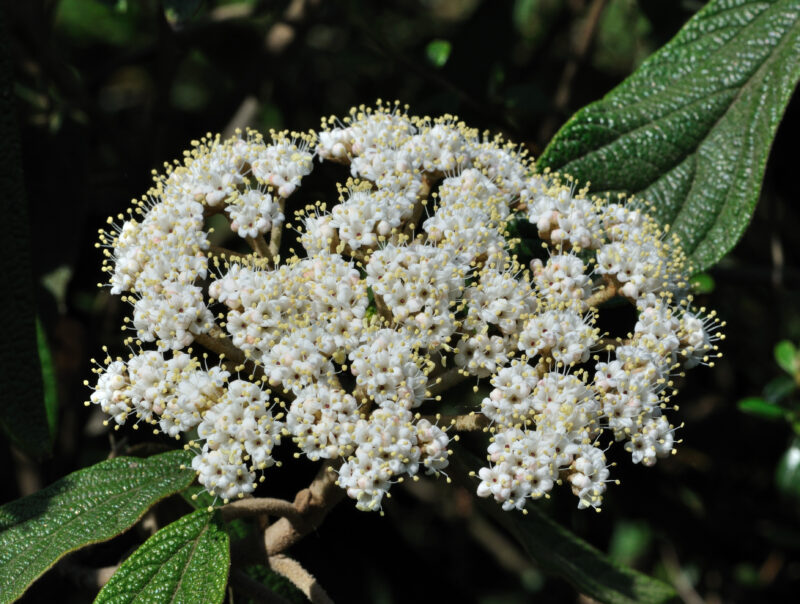
Mapleleaf Viburnum is an ideal companion for shade gardens, offering lush foliage that resembles that of a maple tree. This deciduous shrub can cluster beautifully, providing a naturalistic appearance while maturing to heights of four to six feet. It produces creamy white flowers in spring, eventually yielding bright red berries that attract birds and other wildlife. This adaptable plant can thrive in various soil types but prefers shaded and moist environments, making it well suited for woodland gardens. In the fall, its foliage transforms into stunning shades of red and orange, making Mapleleaf Viburnum visually captivating all year round.
Mountain Laurel (Kalmia latifolia)
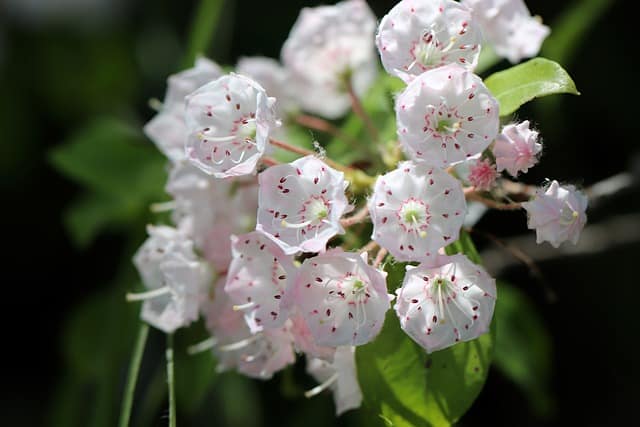
Last but certainly not least, Mountain Laurel stands out with its unique cluster of flower heads that create a spectacular display in late spring. This native evergreen shrub prefers partial shade and can adapt to a variety of well-drained soils, making it a robust choice for many gardeners. The blooms, which can range in color from white to pink to deep red, attract pollinators, enhancing the biodiversity of your garden. Additionally, the glossy, leathery leaves stay lush and vibrant throughout the year, ensuring that the Mountain Laurel remains a central feature of your landscape even in winter. It’s a quintessential beauty that often becomes the talk of any garden gathering.



